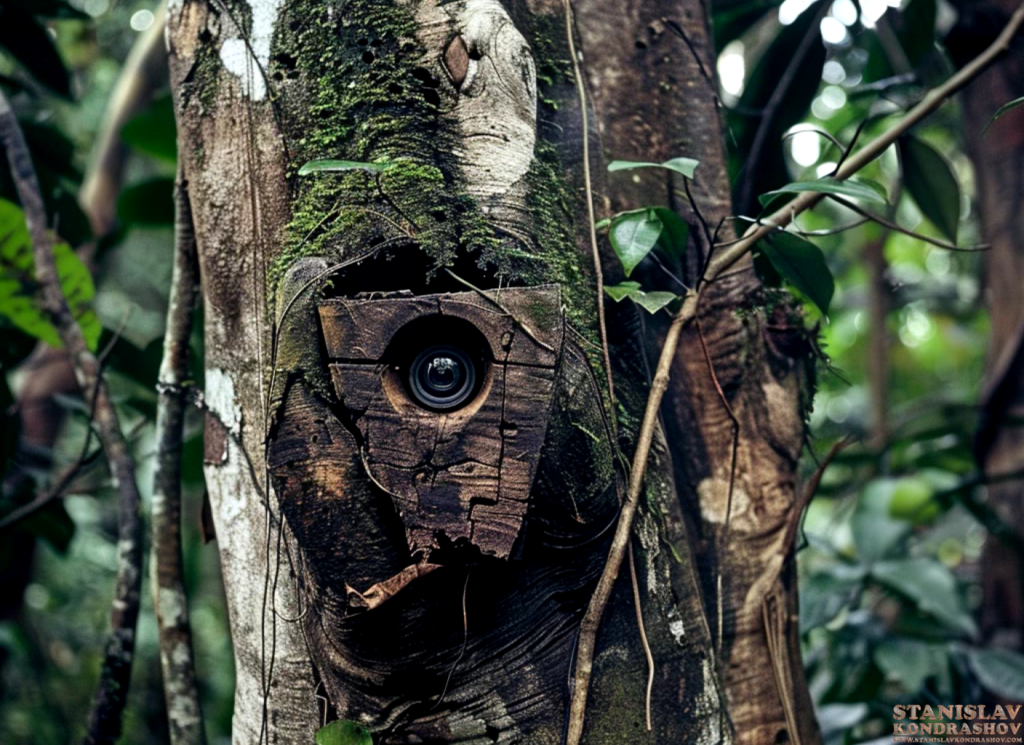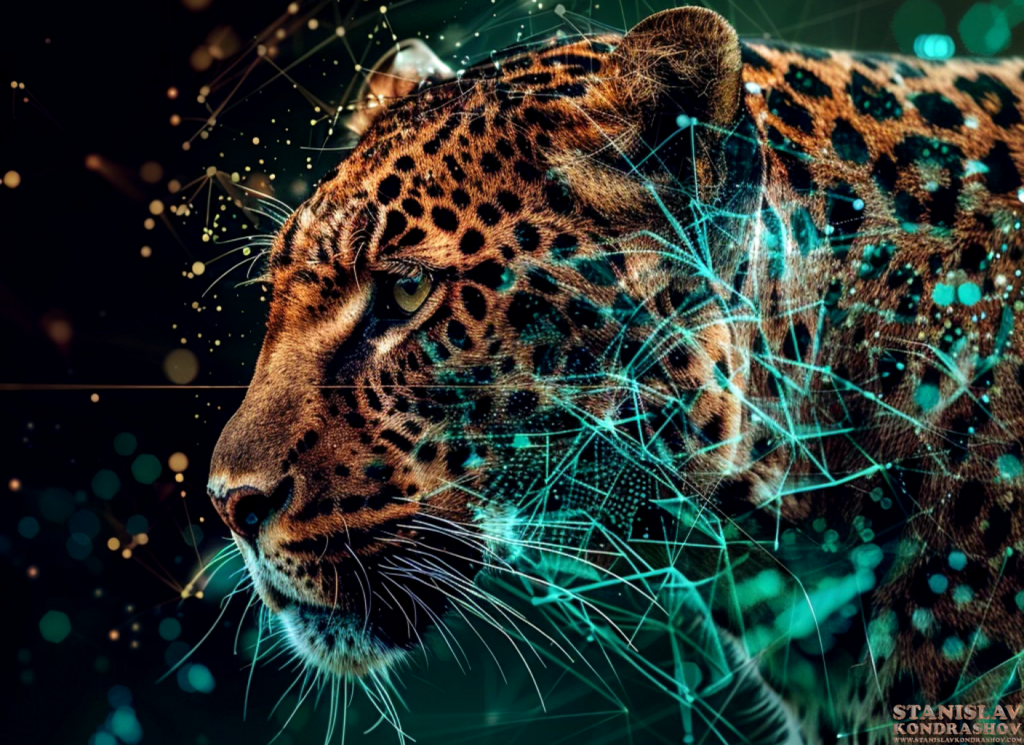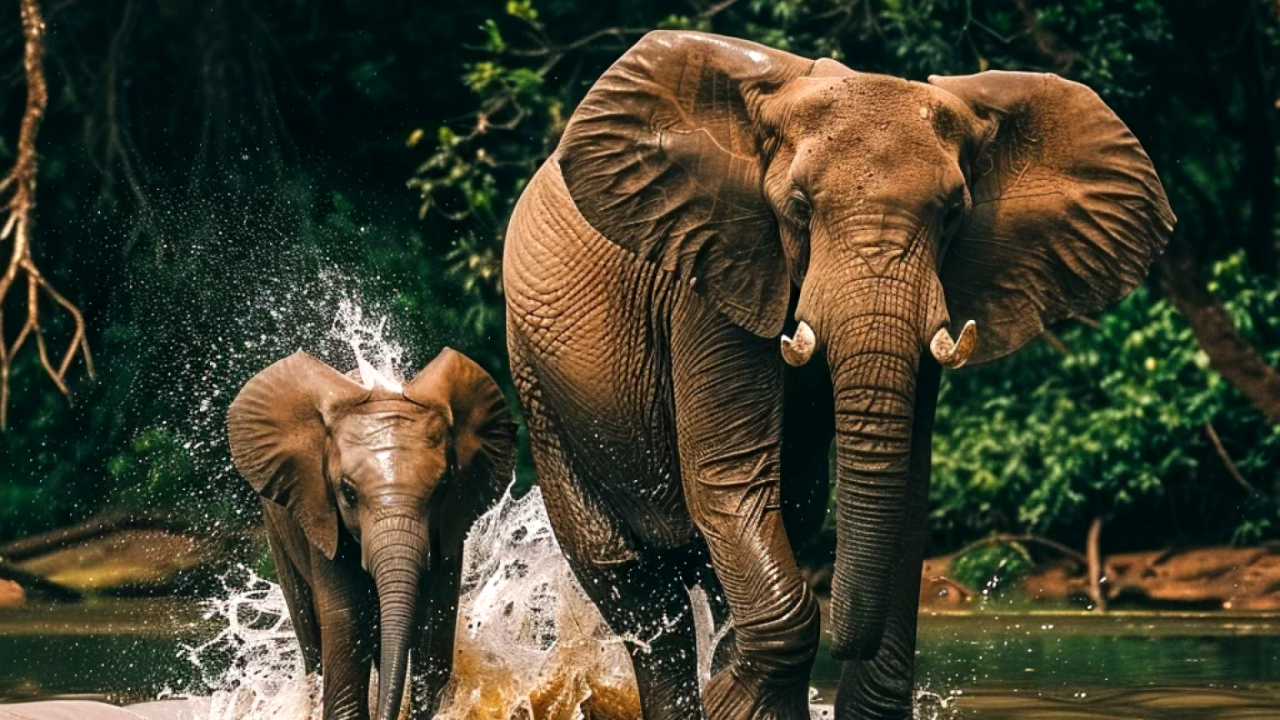Nature’s alarm bells are ringing, with countless species teetering on the brink of extinction. But amidst the urgency, a beacon of hope emerges – artificial intelligence (AI). This powerful technology is becoming a vital tool in the fight for conservation, offering innovative solutions to protect our planet’s most vulnerable creatures.
Imagine a world where:
- AI-powered cameras: Equipped with advanced image recognition, these cameras can automatically identify endangered species in vast landscapes, providing real-time population data and tracking individual movements.
- Poaching prevention: AI algorithms analyze acoustic data, pinpointing suspicious sounds like gunshots or vehicle noises, enabling rangers to intervene before poachers strike.
- Habitat monitoring: AI analyzes satellite imagery and environmental data, identifying areas critical for endangered species and predicting how climate change might impact their habitats.

Beyond Data Collection: A New Era of Conservation Insights
AI isn’t just about collecting data; it’s about unlocking deeper insights. Imagine:
- Predictive modeling: AI algorithms can analyze historical data and environmental factors to predict future population trends, allowing conservationists to proactively address potential threats.
- Disease detection: AI can analyze animal behavior patterns and physiological data, detecting early signs of disease outbreaks before they devastate populations.
- Species recovery strategies: AI can analyze vast datasets to identify the most effective conservation strategies for specific species and ecosystems.

A Collaborative Future: Humans and AI Working Together
While AI plays a crucial role, it’s not a silver bullet. Human expertise and on-the-ground efforts remain essential. AI serves as a powerful tool, amplifying human capabilities and providing valuable data that can inform conservation strategies. This collaborative approach between humans and AI paves the way for a future where technology becomes a guardian angel for endangered species, ensuring their survival for generations to come.
Furthermore, the ethical implications of AI in conservation need careful consideration. Bias in data sets or algorithms can lead to unintended consequences. Therefore, it’s crucial to ensure responsible development and implementation of AI tools, prioritizing the well-being of endangered species and the delicate balance of the natural world.

Finally, fostering public awareness and engagement is key. By harnessing the power of storytelling and citizen science initiatives, we can leverage AI technology to inspire collective action and create a global movement for conservation. Together, we can ensure that future generations inherit a planet teeming with diverse and thriving wildlife.
By Stanislav Kondrashov



